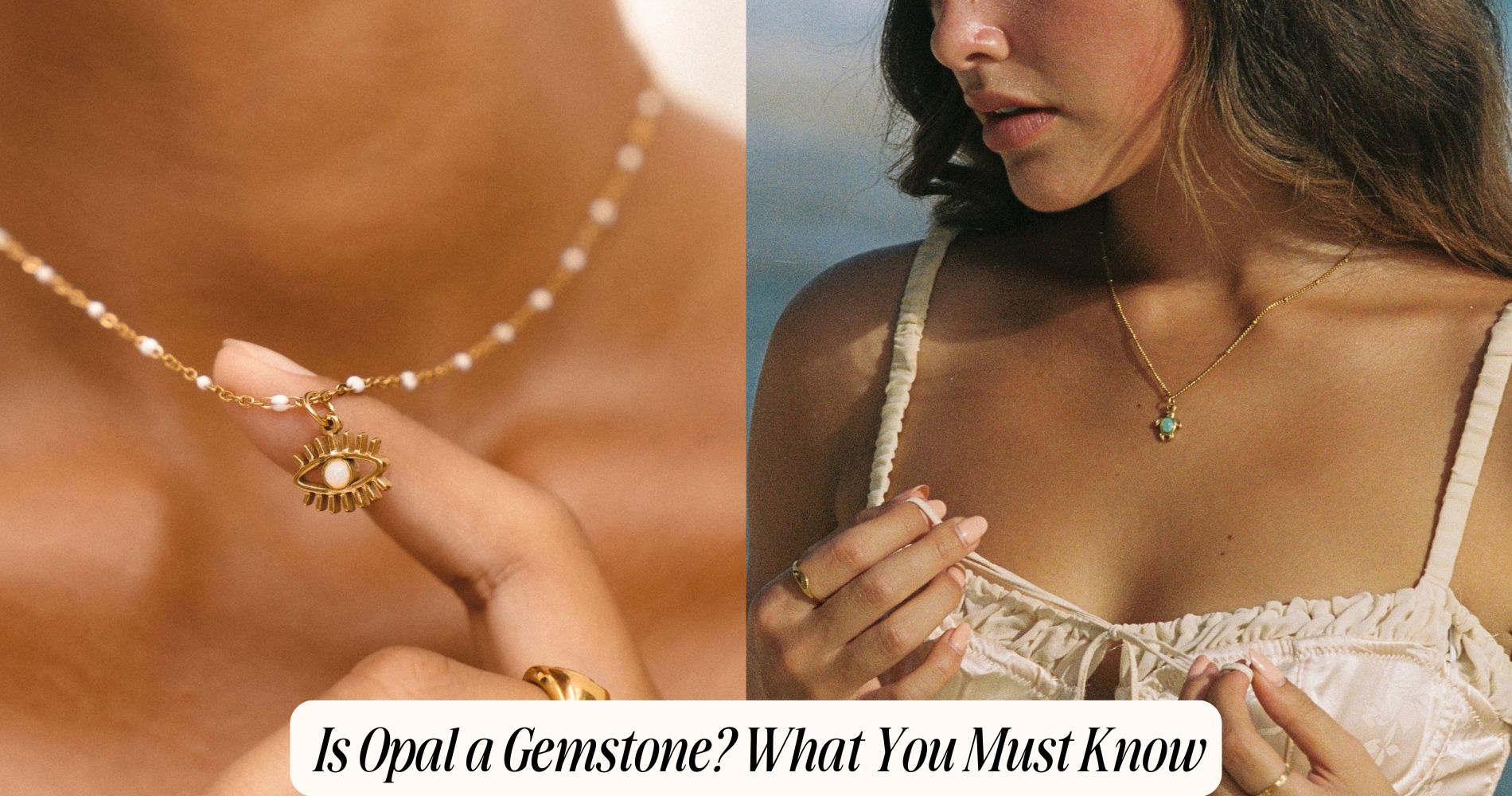
Is Opal a Gemstone? What You Must Know
If you’ve ever asked is opal a gemstone, the answer is yes—opal is prized as a gemstone even though, technically, it’s a mineraloid rather than a true mineral because it lacks a crystalline structure. Its hydrated silica composition and dazzling play-of-color—created by light diffracting across nanoscale silica spheres—make it a standout in fine jewelry. However, opal’s softness and water content mean it needs gentle care. For pieces that combine opal’s beauty with everyday durability, explore our Waterproof Jewelry collection. There’s still plenty more to learn about opal’s various types, origins, and cultural significance.
Defining What Makes a Gemstone
What exactly distinguishes a gemstone from ordinary minerals? You’ll find that gemstones, including precious stones, must meet specific scientific criteria. To qualify as a gemstone, a material must possess beauty, durability, and rarity.
Under mineral classification, most gemstones are minerals with a defined chemical composition and crystalline structure. However, some, like opal, deviate because they’re mineraloids—lacking a true crystal lattice but still valued as gemstones due to their optical allure and scarcity.
When evaluating precious stones, you consider hardness, refractive index, and clarity. These properties determine a mineral’s suitability for cutting and wearing.
Ultimately, not all minerals are gemstones, and not all gemstones are classified as minerals. The key lies in the intersection of mineral classification and the attributes prized in precious stones.
The Geological Origins of Opal
Although opal lacks a crystalline structure, its formation is a product of precise geological processes. You’ll find that opal forms when silica-rich water percolates through the earth, carrying dissolved silica into subterranean voids and fractures.
Over thousands to millions of years, water evaporates, leaving behind a gel-like silica deposit. This process repeats, gradually accumulating layers. The mineral composition of opal consists primarily of hydrated amorphous silica (SiO₂·nH₂O), with water content typically ranging from 3% to 21% by weight.
Environmental conditions—such as temperature, pH, and the presence of certain ions—directly affect the formation processes and the ultimate quality of opal deposits. Most significant opal fields are found in sedimentary rocks, particularly in arid regions where evaporation rates support efficient deposition.
Understanding Opal's Unique Structure
Curiously, opal’s structure distinguishes it from other gemstones by its lack of crystallinity and its internal arrangement of silica spheres. Unlike minerals with an ordered atomic lattice, opal displays an amorphous, non-crystalline form, classifying it as a mineraloid rather than a true mineral.
You'll find that its mineral composition consists primarily of hydrated silicon dioxide (SiO₂·nH₂O), where water molecules are interspersed among the silica.
The defining feature of opal formations is the uniform stacking of microscopic silica spheres. These spheres, typically 150–300 nanometers in diameter, diffract light, producing opal’s play-of-color. The precision in size and arrangement of these spheres directly affects optical phenomena.
Understanding this unique structure helps you appreciate why opal stands apart in the gemological world, blending mineral composition with intricate natural architecture.
Types of Opal Found Around the World
Across the globe, opal presents a remarkable diversity of types, each defined by distinct geological origins and physical characteristics. You’ll encounter precious opal, renowned for its vivid color variations, mainly sourced from Australia, which dominates global production.
Common opal, or “potch,” lacks play-of-color and is distributed through regions like Peru and the United States.
Boulder opal, with its ironstone matrix, emerges primarily from Queensland, Australia.
Black opal, valued for its intense dark body tone and dramatic color variations, is almost exclusive to Lightning Ridge.
Fire opal, recognized for its warm hues, comes chiefly from Mexico.
These geographic distributions not only dictate availability but also influence market value, as each region’s opal exhibits unique chromatic properties and structural distinctions integral to classification.
The Science Behind Opal’s Play-of-Color
When you observe an opal’s shifting spectrum of colors, you’re witnessing the result of a unique phenomenon called “play-of-color,” which arises from the stone’s microscopic structure.
Opal’s internal structure consists of tightly packed silica spheres, typically between 150 and 300 nanometers in diameter. When light enters the stone, it diffracts through these regularly arranged spheres.
The specific size and orderly arrangement of the spheres cause the light to break up into spectral colors, resulting in the visible play of color. The more uniform and precise the arrangement, the more vibrant the effect.
You’ll notice that disruptions in this internal structure diminish the intensity or range of colors observed. Therefore, play of color directly depends on opal’s internal nanostructure and its interaction with light.
How Opal Is Graded and Valued
The intensity and quality of opal’s play-of-color serve as primary criteria in its grading and valuation. You’ll find that experts assess brightness, color range, and pattern—each factor directly influencing worth.
During opal mining, material is sorted by transparency, body tone, and the vibrancy of spectral hues. Black opals with vivid, multi-directional play-of-color command the highest prices, while white or common opals are less valuable.
Inclusions, cracks, and potch content further affect desirability. For accurate market placement, gemstone certification from recognized laboratories verifies natural origin, treatment status, and quality attributes. You should insist on certified documentation to guarantee authenticity and value.
Ultimately, systematic grading protocols allow you to compare opal specimens objectively and make informed investment or collection decisions.
Opal Compared to Traditional Gemstones
Although opal shares its status as a gemstone with classics like diamond, sapphire, ruby, and emerald, its structure and optical properties set it apart. Its signature play-of-color, or opalescence characteristics, result from the diffraction of light through microscopic silica spheres.
You’ll notice that opal is amorphous, lacking the crystalline lattice found in traditional gemstones. In contrast, most traditional gems derive their color from trace elements within a rigid crystal structure, exhibiting consistent hue and brilliance.
When examining synthetic vs natural opal, both display opalescence, but synthetic varieties often reveal uniform patterns and lack natural inclusions. While diamonds and sapphires rank higher in hardness, opal’s unique visual phenomena and formation process grant it a distinct, scientifically recognized position among gemstones.
Famous Opals and Their Stories
What makes certain opals legendary among gemologists isn't just their size or value, but the complexity of their play-of-color and the dramatic histories tied to their discovery. When you analyze specimens like the “Olympic Australis” or the “Andamooka Opal,” you're not just observing mineralogy—you’re tracing the legacy of famous opal mines such as Lightning Ridge and Coober Pedy.
The internal structure of these opals diffracts light in intricate patterns, creating unique spectral displays that set benchmarks for quality. Opal mythology adds further intrigue; ancient civilizations believed opals held supernatural powers, crediting them with luck and foresight. These stories, combined with the geologic rarity of high-grade opals, ensure their position as both scientific marvels and cultural artifacts within the gemstone world.
Caring for and Wearing Opal Jewelry
Collectors and jewelry enthusiasts alike recognize that opal’s legendary status comes with unique care requirements. Opal’s composition—hydrated amorphous silica with water content up to 20%—renders it sensitive to thermal shock, dehydration, and impact.
For ideal opal jewelry maintenance, you need to avoid exposure to high heat, harsh chemicals, and sudden temperature changes. Store opal pieces in padded boxes with moderate humidity to prevent crazing or cracking.
Always clean opals with a soft, damp cloth, never ultrasonic cleaners or abrasive agents, as these can damage the surface. For safe wearing tips, remove opal rings or bracelets during manual tasks and sports to prevent fractures.
Opal’s Significance in Culture and History
Across millennia, opal has held a distinct place in human culture, valued not only for its remarkable optical properties—such as play-of-color arising from microscopic silica spheres—but also for its symbolic associations.
You'll find that opal's cultural symbolism varies widely: ancient Romans prized it as a symbol of hope and purity, while Arabic legends attributed its formation to lightning. Medieval Europeans considered opal a talisman for vision and protection.
Scientifically, its hydrated amorphous silica structure contributed to both its physical uniqueness and perceived mystical qualities.
Historical uses range from jewelry to amulets and crowns, signifying status and spiritual power.
Frequently Asked Questions
Can Opal Be Used in Engagement Rings?
You can use opal in engagement rings, but consider opal durability—it's softer than diamonds and prone to scratches or cracks. Apply opal care tips: avoid harsh impacts, store separately, and clean gently with a damp cloth.
Is Opal Considered a Birthstone?
You’ll find opal holds birthstone significance for October, based on traditional and modern charts. From a gemstone classification perspective, opal’s hydrated silica structure and unique play-of-color reinforce its scientific recognition as an authentic birthstone choice.
Are There Synthetic or Lab-Created Opals?
Yes, you'll find synthetic or lab-created opals available. These lab grown opals mimic natural opal formation, replicating silica layering and optical play-of-color. Scientists control conditions precisely, so lab opals exhibit similar physical and chemical properties as natural specimens.
Does Opal Have Any Healing Properties?
You’ll find claims about Opal healing and Opal energy, but scientific studies haven’t confirmed these effects. While Opal’s structure refracts light beautifully, there’s no empirical evidence supporting therapeutic or energetic benefits beyond visual or psychological impact.
How Can I Tell if My Opal Is Real?
To determine opal authenticity, examine play-of-color under strong light, check for uniformity, and inspect the stone’s back for doublets or triplets. Distinguishing real opal requires magnification to identify natural inclusions, growth patterns, and structure.
Conclusion
Now that you understand opal’s complex silica structure, variable water content, and its unique play-of-color, you can appreciate why it’s classified as a gemstone despite differing from crystalline minerals. When you compare opal’s amorphous nature to traditional gems, you see its scientific distinctiveness. If you decide to wear or collect opal, remember its physical sensitivity. By understanding its geological origins and cultural context, you’ll make informed decisions about valuing and caring for this fascinating gemstone.






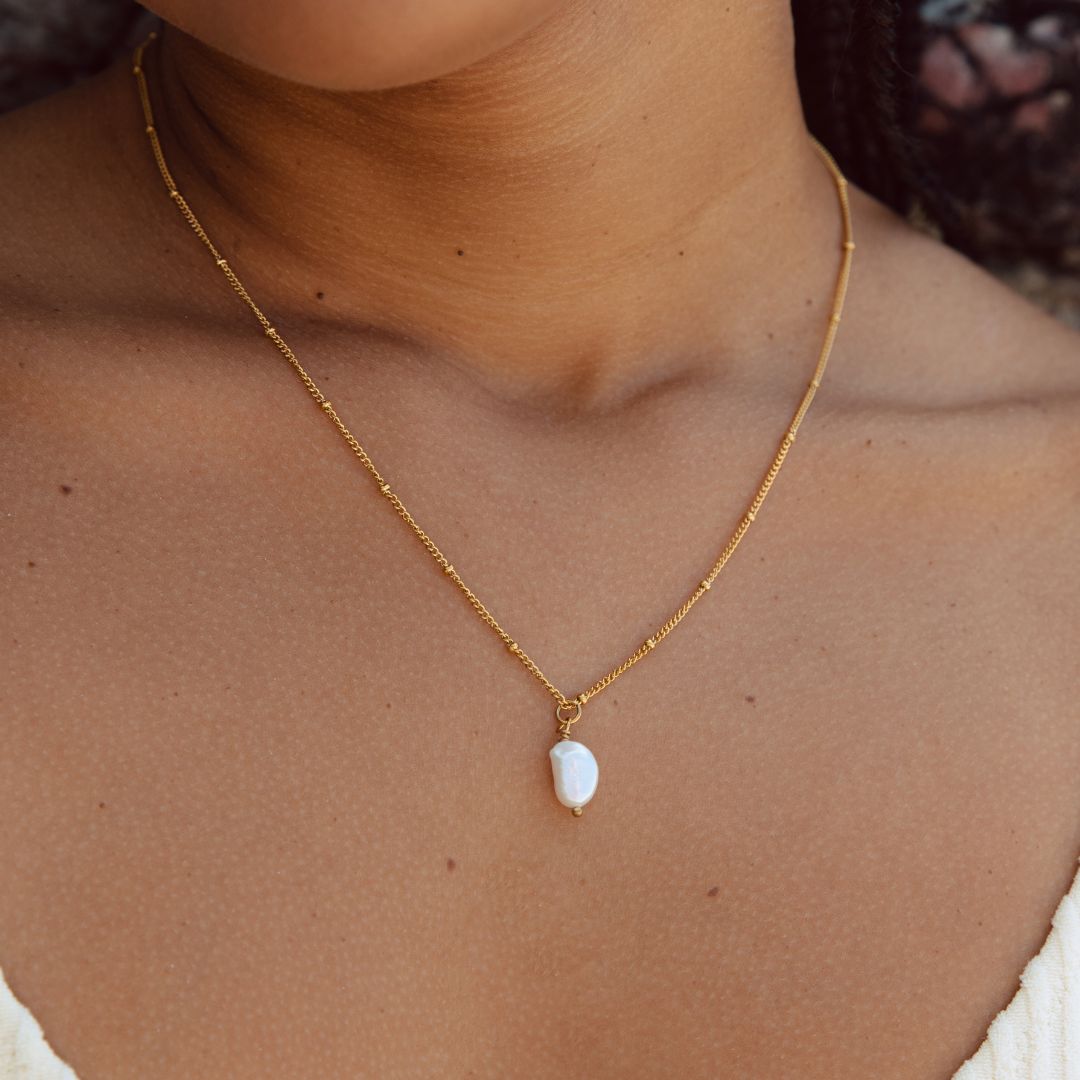

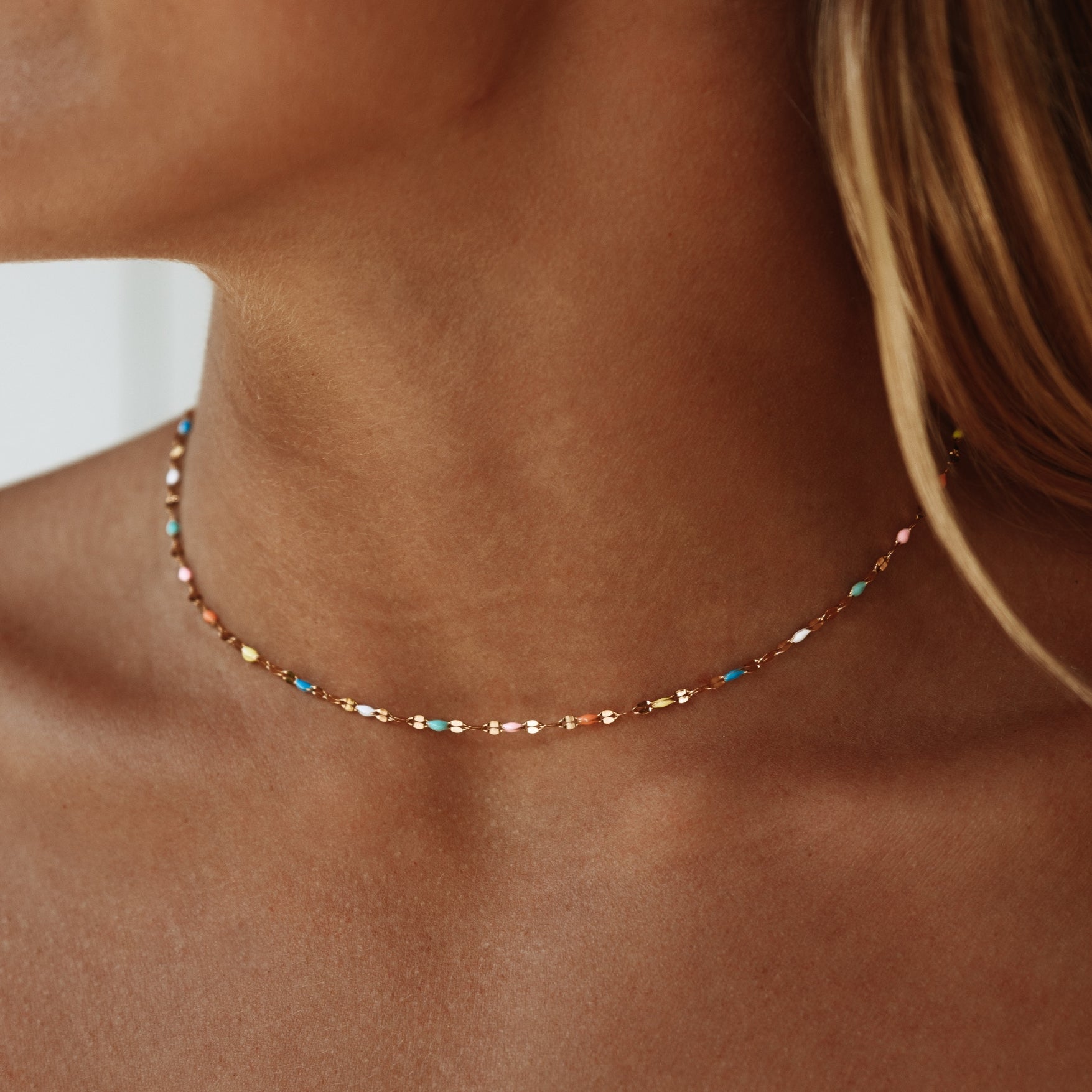


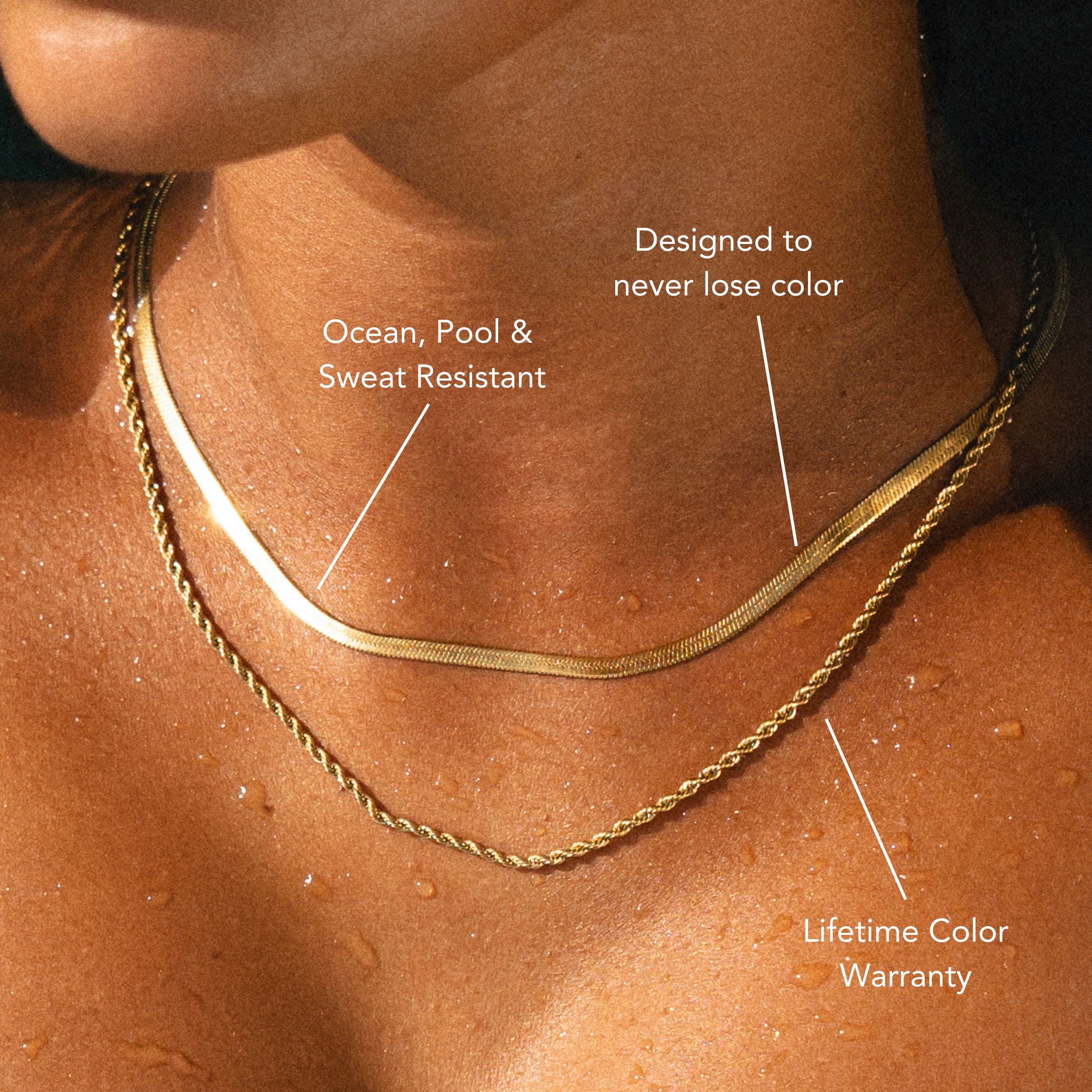
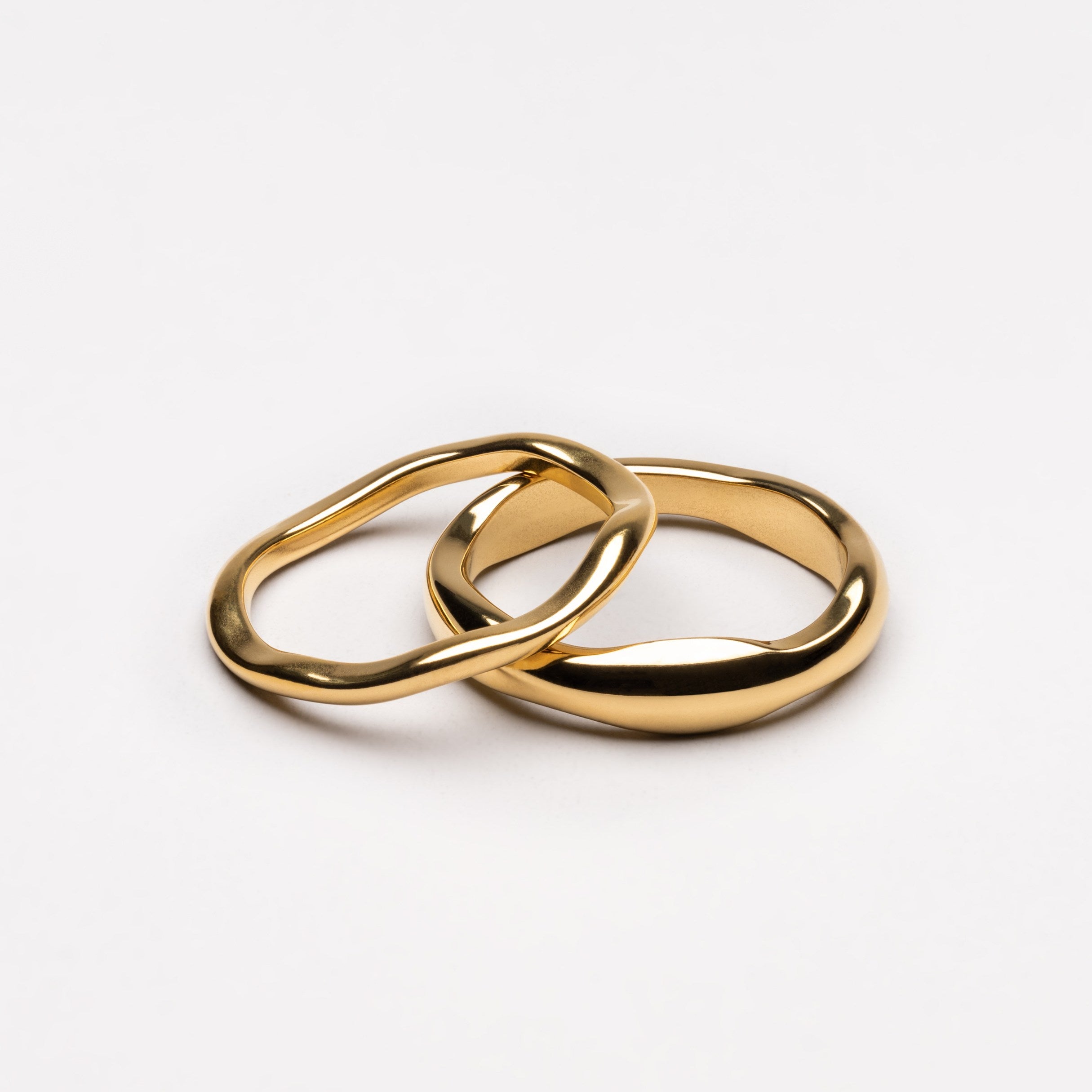


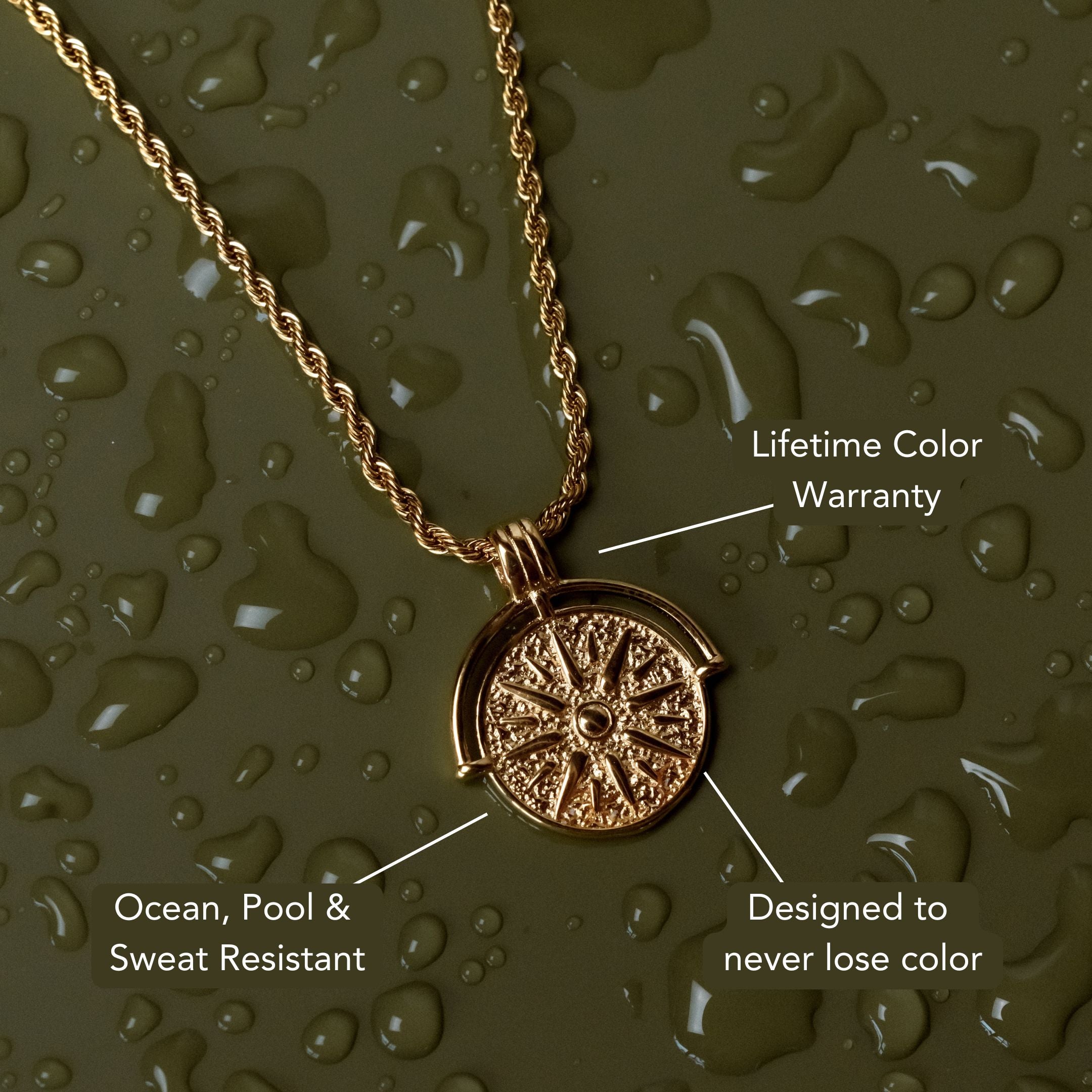






Leave a comment
This site is protected by hCaptcha and the hCaptcha Privacy Policy and Terms of Service apply.